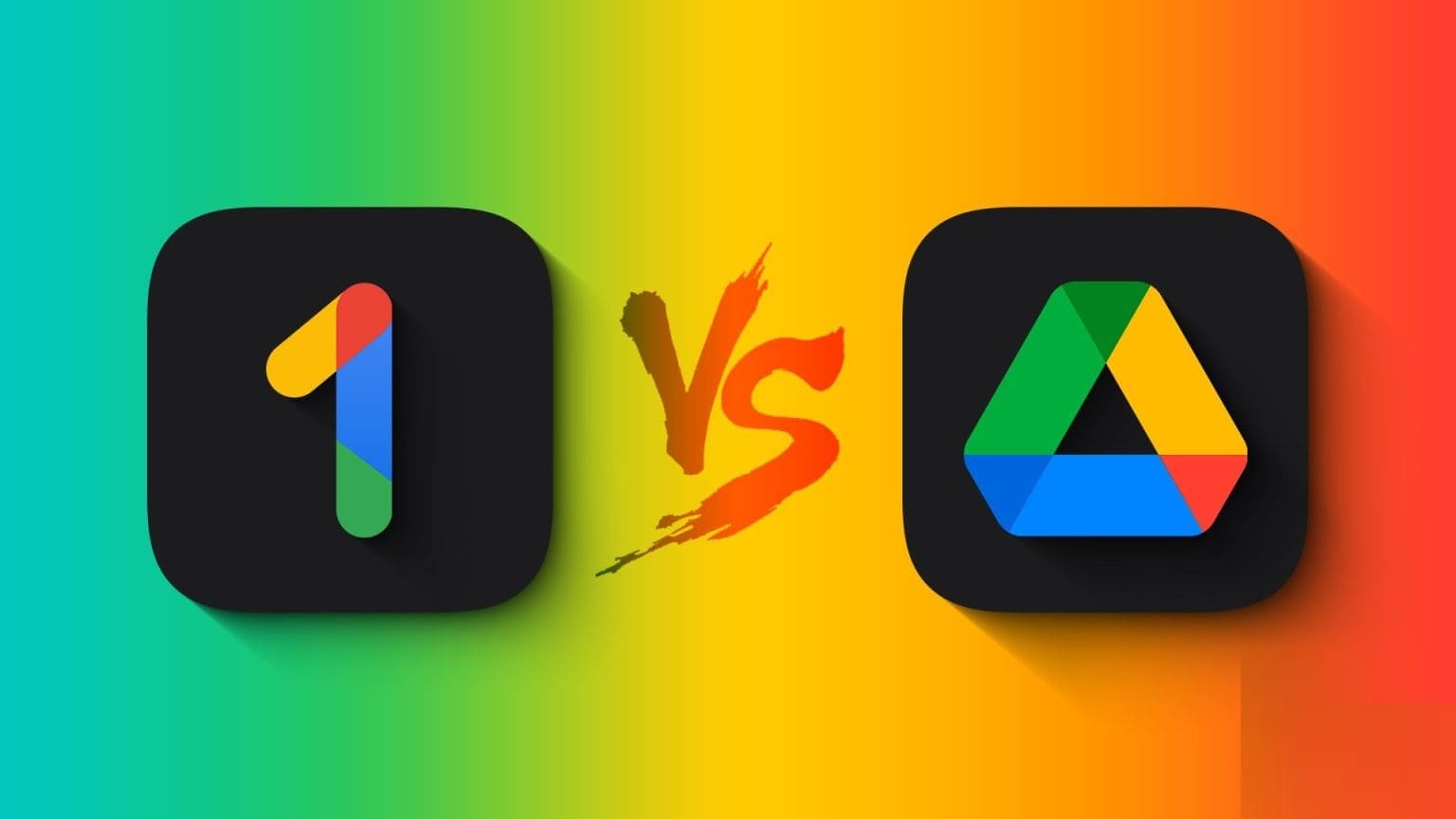Apple has consistently made great strides in mobile chips for its iPhones. A decade ago, Apple introduced the first smartphone with a 64-bit processor—the iPhone 5S with the A7 chip. In 2017, Apple implemented neural machine learning for the first time in the A11 Bionic chip with the iPhone X. With the improvements accumulating each year, are you wondering whether to choose the iPhone 14 Pro instead of iPhone 15 Pro seriesHere's a comparison of the processors found on the latest iPhones: A17 Pro vs. A16 Bionic. 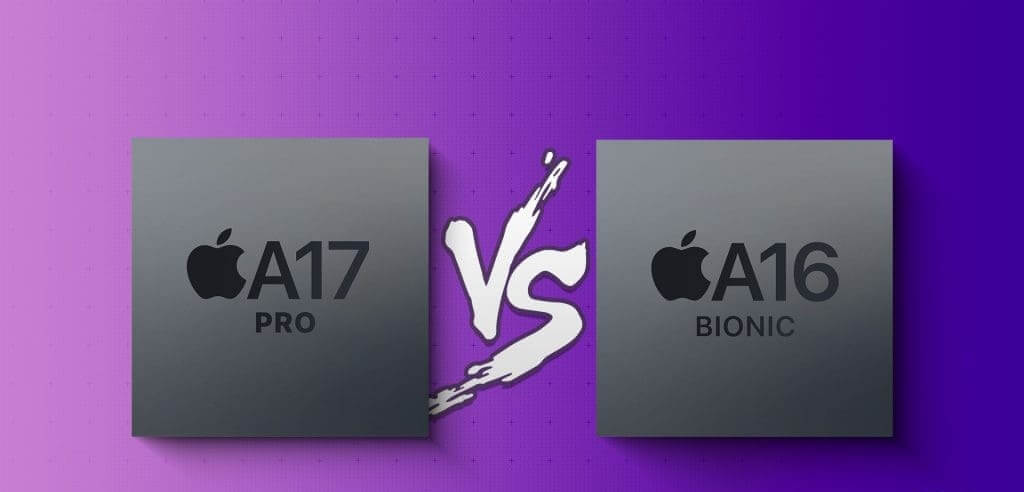
Apple's September 2023 event brought four new iPhone models—the iPhone 15, iPhone 15 Plus, iPhone 15 Pro, and 15 Pro Max. Along with the numerous improvements across all the new iPhones, the most interesting developments came in the iPhone 15 Pro series.
The iPhone 15 Pro and iPhone 15 Pro Max will feature the new Apple A17 Pro processor. Meanwhile, the iPhone 15 and iPhone 15 Plus will feature the A16 Bionic chip introduced last year in the iPhone 14 Pro and iPhone 14 Pro Max.
What's new in Apple's A17 PRO chip?
Apple has ditched the Bionic moniker, and the new processor is now called the A17 Pro. With 19 billion transistors, Apple's A17 Pro is built on TSMC's cutting-edge 3nm process technology—which features reduced transistor count and thus allows for more transistors to be packed in for maximum performance and power efficiency. It features a six-core CPU with two high-performance cores and four energy-efficient cores.
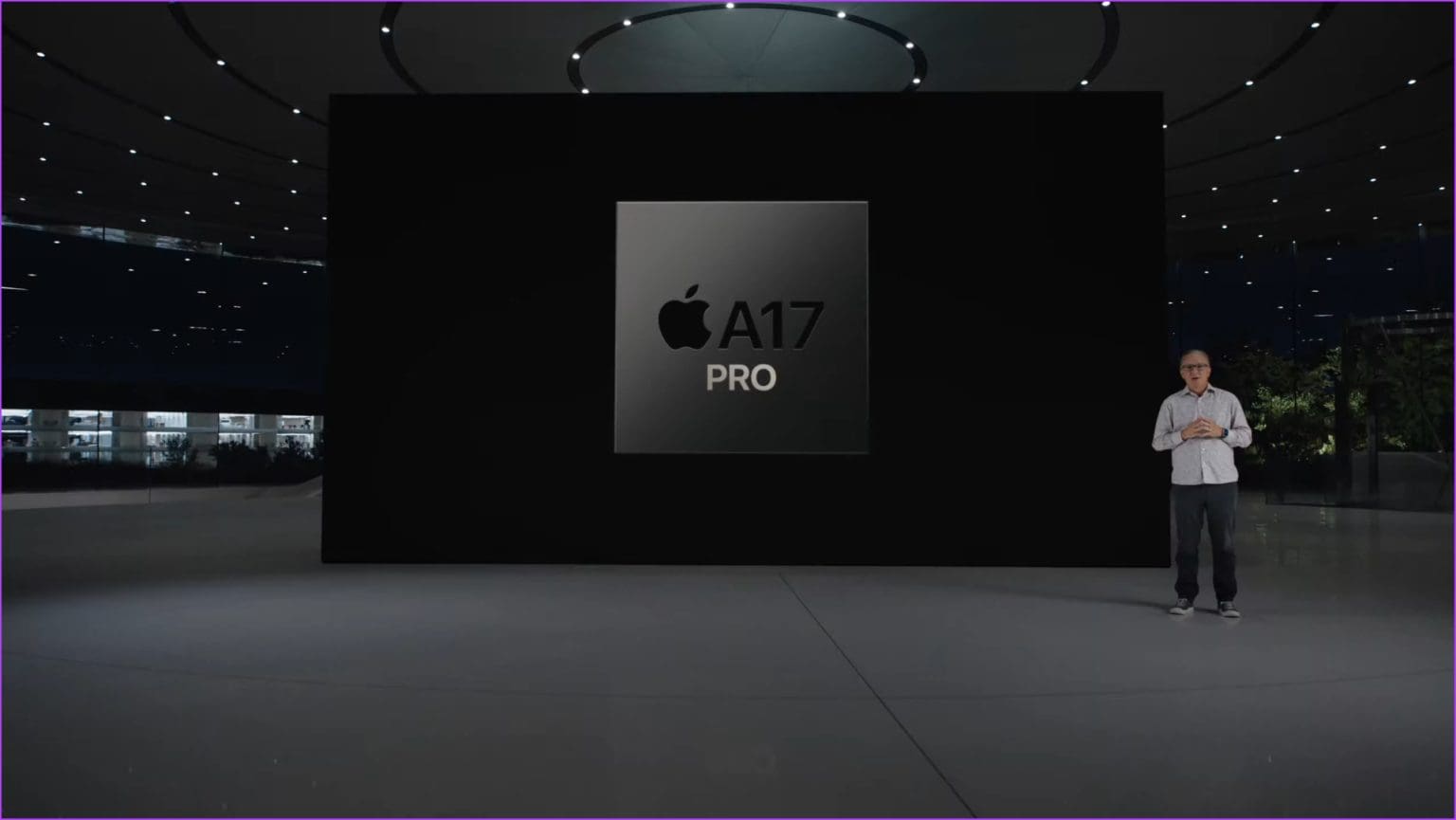
The A17 Pro features a new hexa-core GPU with significant improvements to graphics performance through Device ray tracing and improved power efficiency. Apple calls it "the largest redesign in Apple's GPU history." Furthermore, the A17 Pro supports faster data transfer speeds, thanks to the USB 3.0 controller.
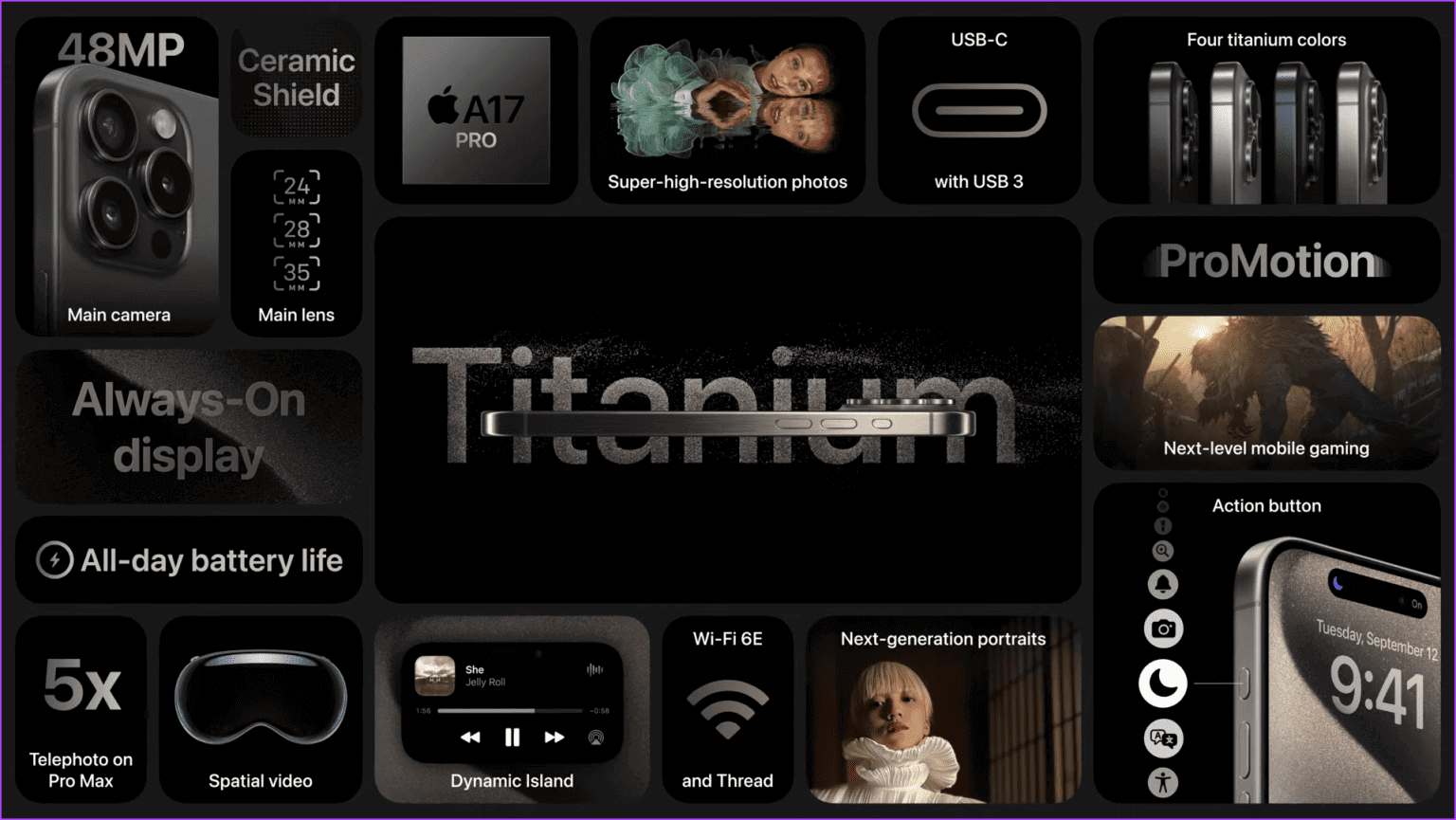
A16 Bionic chip on the iPhone 15 and iPhone 15 Plus: A quick summary
While we explore the impact of using an older chipset later, here's what you need to know about the A16 Bionic chip.
The Apple A16 Bionic chip, launched last year in 2022, is built on a 4nm process node. It features a six-core CPU—a combination of two performance cores and four efficiency cores. The five-core GPU in the A16 Bionic chip includes 5GB of LPDDR6 memory with 50% more bandwidth than the previous-generation Bionic chip. Finally, the new 16-core Neural Engine in the A16 Bionic chip can handle 17 trillion operations per second.
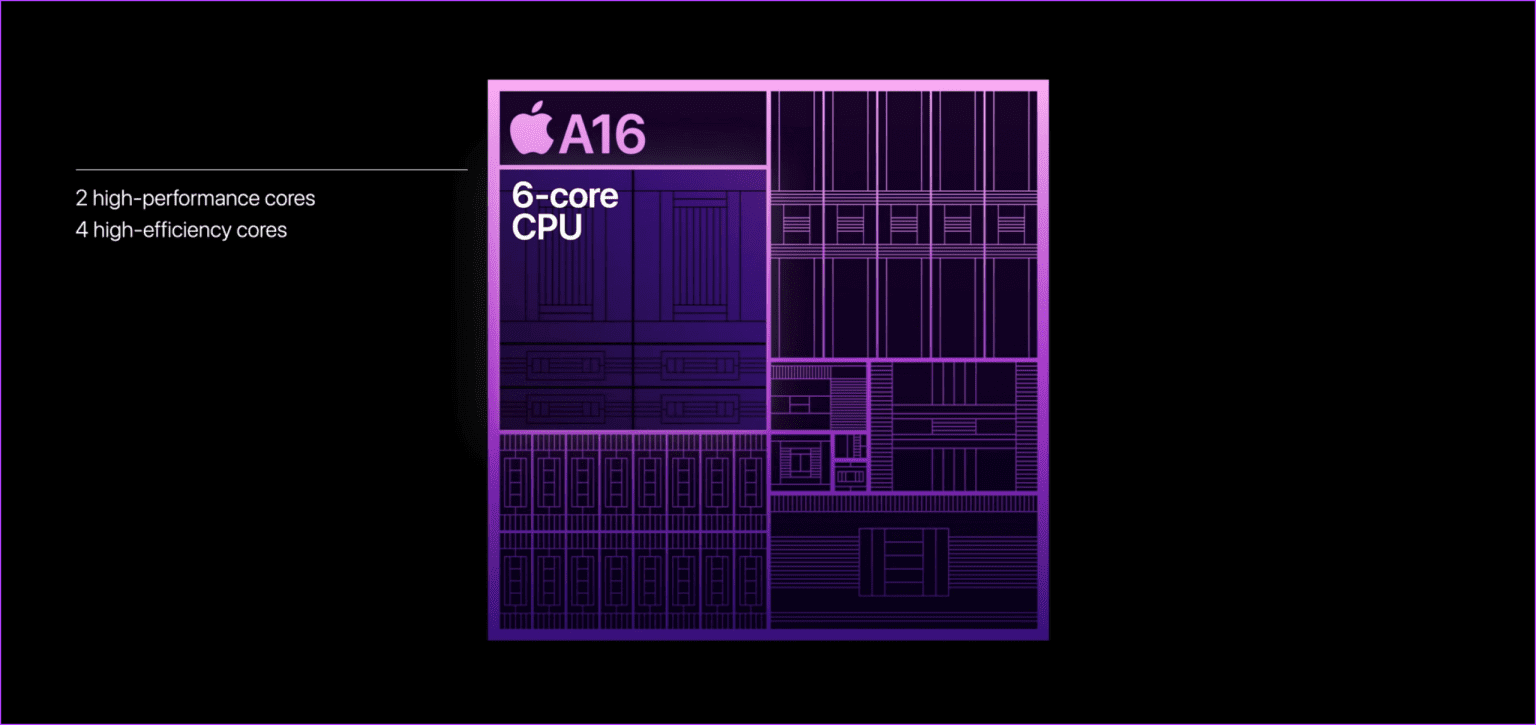
Key improvements to the A15 Bionic include a new rendering engine, which makes Always-on display Possible, higher peak brightness, and a display refresh rate of up to 1 Hz. Furthermore, the A16 Bionic chip's anti-aliasing technologies have been improved to smooth out any jagged edges in graphics and image display. It includes a new image signal processor that promises a better computational photography experience.
But how does it compare to the new A17 Pro processor? Let's do a quick comparison.
A16 BIONIC vs. A17 PRO: What are the improvements?
Here's everything we know about how the A17 Pro outperforms the A16 Bionic:
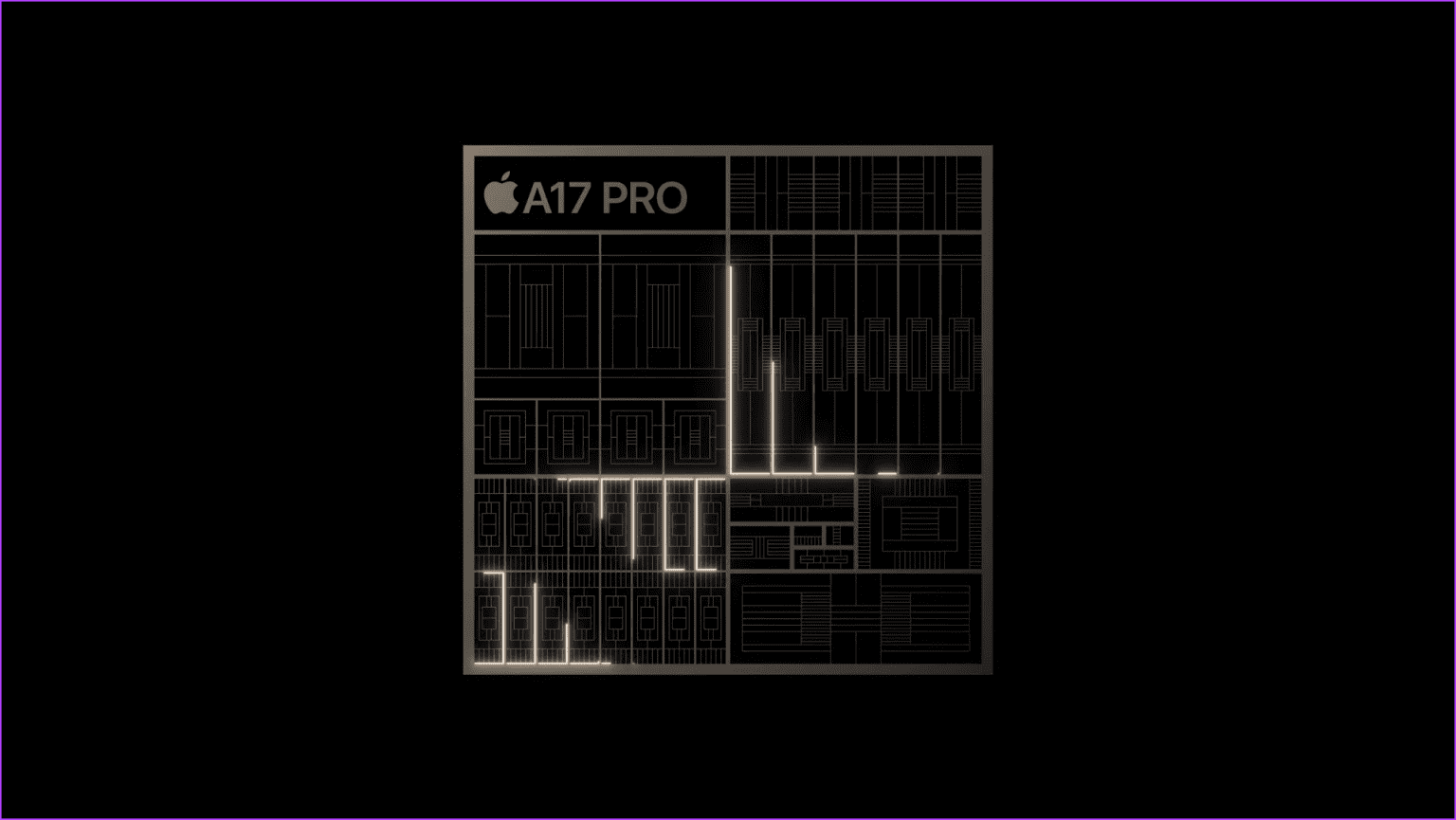
- The A17 Pro features a 3nm microarchitecture compared to the 4nm architecture found in the A16 Bionic chip.
- The A17 Pro is 10 percent faster than the A16 Bionic.
- The new six-core GPU in the A17 Pro is 20 percent faster than the six-core GPU in the A16 Bionic chip.
- The new six-core GPU includes a new mesh shader feature that allows games to render detailed environments with minimal power consumption.
- The Neural Engine is twice as fast in the A17 Pro, with 35 trillion operations per second.
- The A17 Pro offers improved branch prediction, which means faster code execution efficiency.
- The A17 Pro has larger decoding and execution engines – both of which play critical roles in processing instructions.
- The A17 Pro features dedicated ray-tracing hardware that's four times faster than the A4 Bionic chip. It delivers smoother graphics at much higher frame rates than the ray-tracing software in the A16 Bionic chip.
A16 Bionic on iPhone 15 and 15 Plus: Base models lack the latest chip
Previously, for an additional $100 over the Pro version of the iPhone, you got a more premium design, a telephoto lens, and a higher refresh rate. While most people were happy with the base iPhone model because it had the latest internal hardware, that changed last year. In keeping with its product name, Apple limited the latest processors to the iPhone Pro series only. That's why pro users will find more value in the hundreds of dollars more they pay, thanks to the new flagship processor.
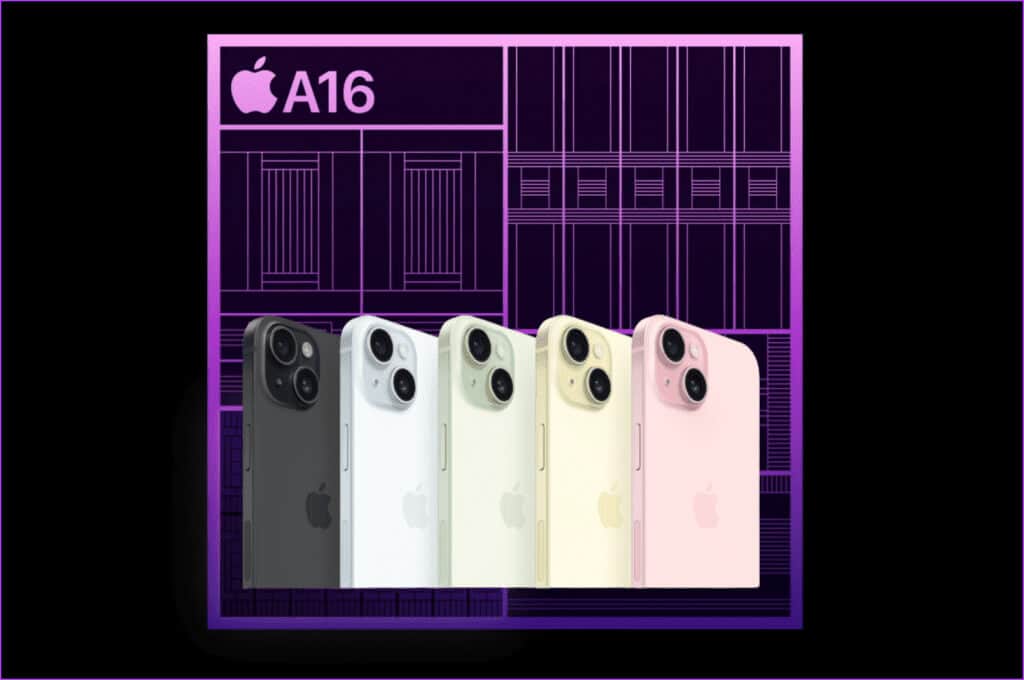
And in 2023, with the iPhone 15, 15 Plus, and the new A17 Pro, this trend continues. However, don't let that discourage you—the A16 Bionic chip doesn't tire out during any intensive task you throw at it.
Furthermore it, The iPhone 15 is a good upgrade over the iPhone 14, Thanks to the USB-C port, new camera system, and improved battery life,Dynamic Islands.
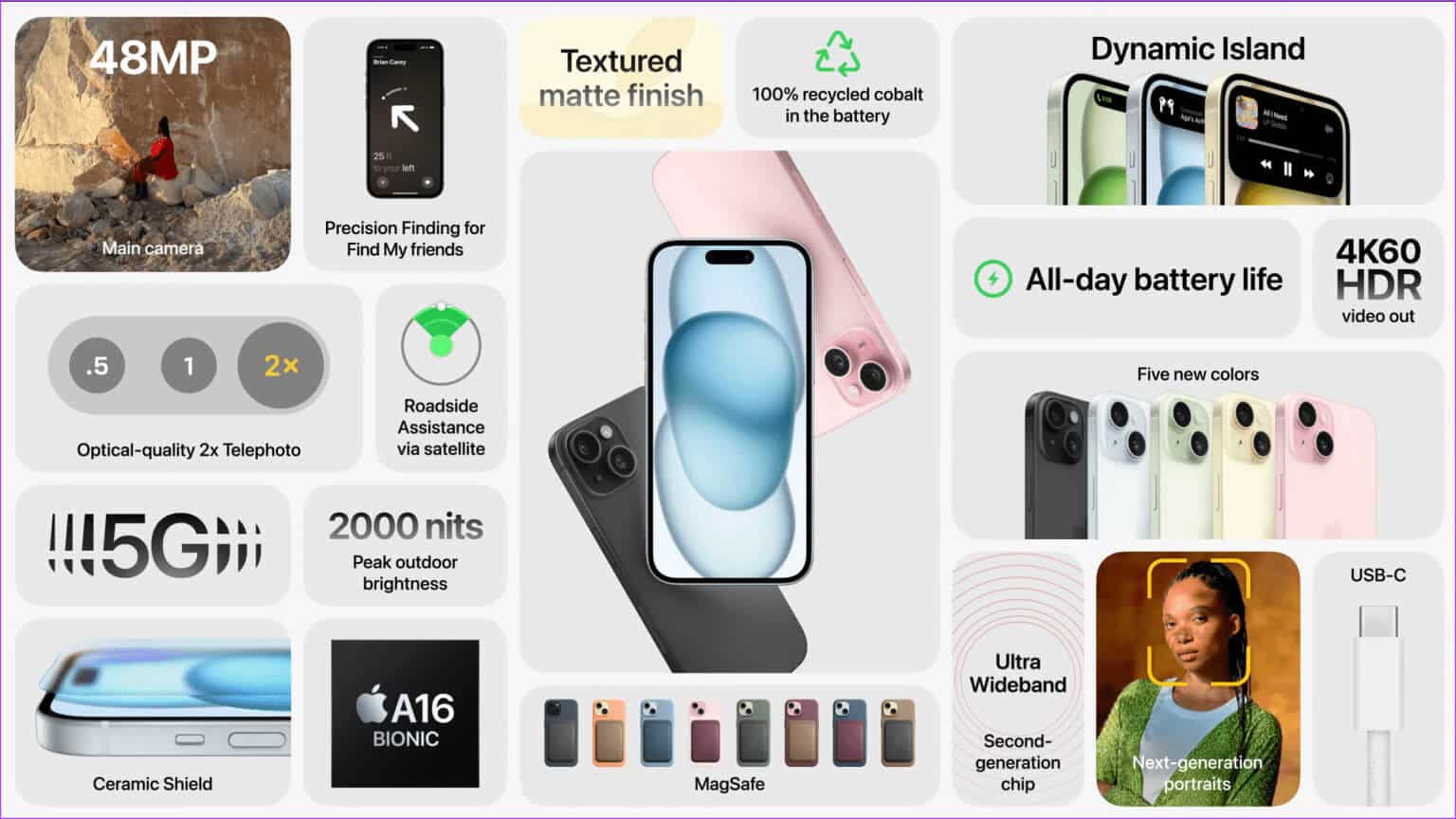
However, flaws may appear after prolonged use of the iPhone. The iPhone 15 with the A16 Bionic chip may perform slower than the iPhone 15 Pro with the A17 Pro chip. Furthermore, we are not sure whether Apple will provide the same number of Software updates For the iPhone 15 and 15 Pro – since the former features an older processor.
There are clear technical differences between the A16 Bionic and the A17 Pro. However, don't let that deter you from purchasing the iPhone model that fits your budget. Aside from the improved HDR image processing on the iPhone 15 Pro, it would be difficult to notice that the new iPhone 15 features an older processor. However, given that Apple decided to ship the older processor in the base iPhone, the price cut may have sweetened the deal.
That's all you need to know about the A16 Bionic chip vs. the A17 Pro chip. If you have any other questions, check out the FAQ section below.
common questions:
Q1. Who manufactures the Apple A17 Pro chip?
The answer: Apple designs the chipset, and TSMC manufactures it exclusively for Apple.
Q2. What is the difference between a 3nm processor and a 4nm processor?
The answer: The 3nm chip has relatively smaller transistors while offering improved performance and power efficiency compared to the 4nm chip.
Q3. Does the A17 Pro chip have improved battery life compared to the A16 Bionic chip?
The answer: On paper, the A17 Pro claims to offer improved power efficiency. However, we'll be able to evaluate the results once we get our hands on the new iPhone.
Q4. How much does it cost to manufacture an Apple A-series CPU?
The answer: The A16 Bionic chip reportedly costs Apple $11 million to manufacture.
Is the M Series chip the next big thing on the iPhone?
Apple has won everyone over with its M-series processors across its Mac and iPad lineup. When will the iPhone feature an M-series processor? Apple's ideal opportunity would be to power its foldable iPhone with an M-series chip, which enables multitasking with a large display.








